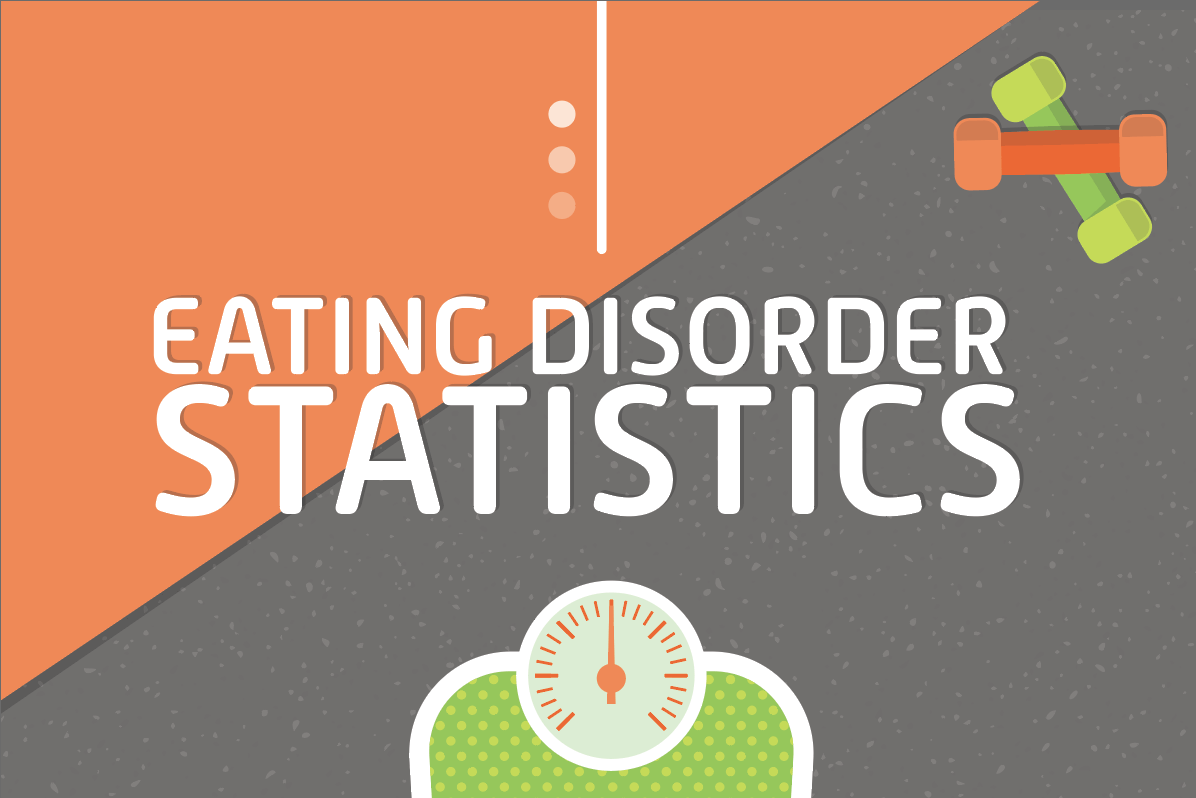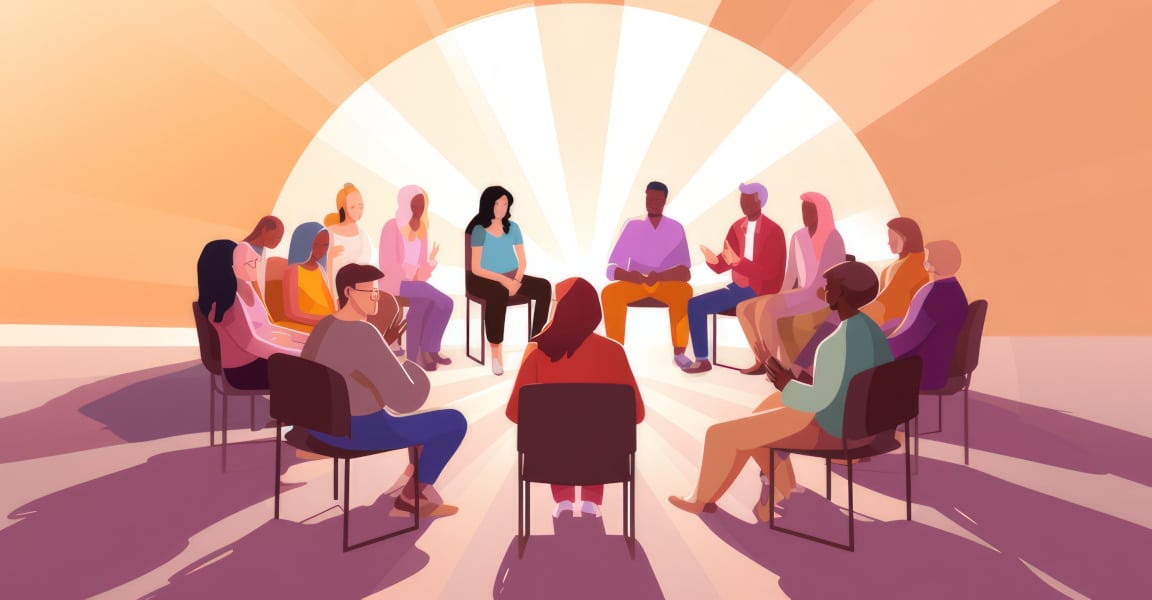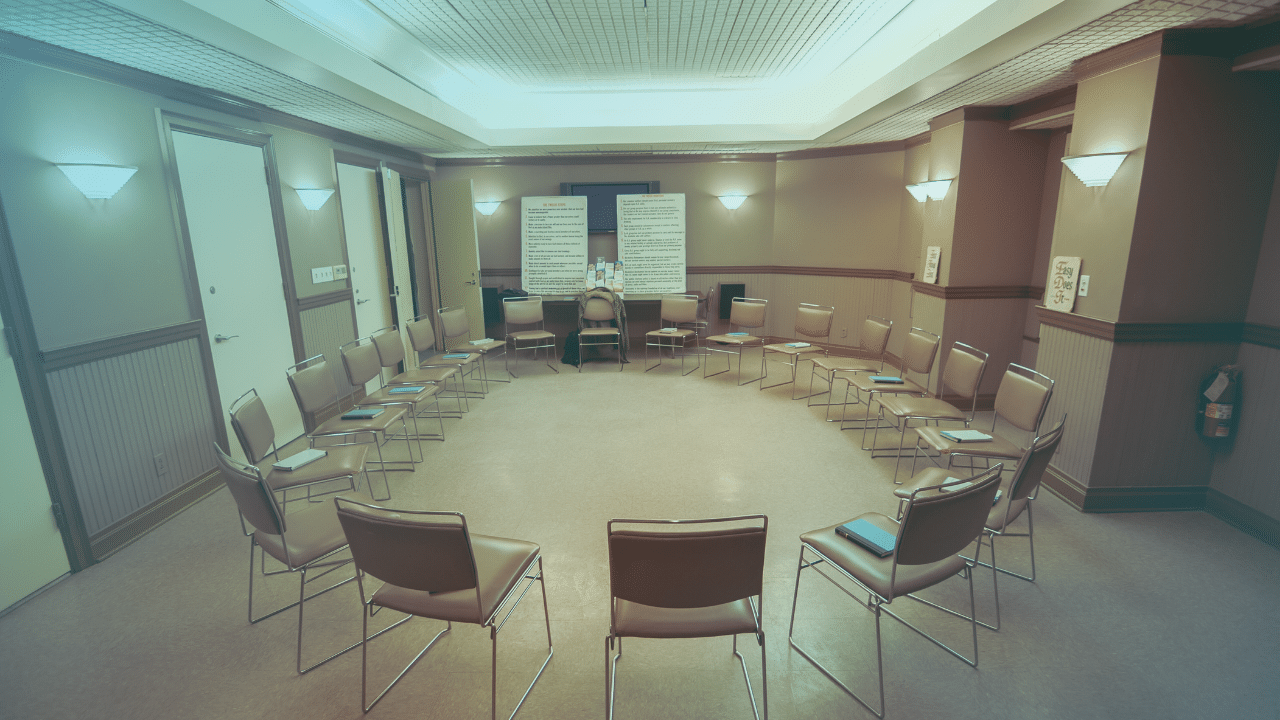
Ask almost anyone how they feel about their bodies and you will get a response that includes something they want to change. Most often, this change has to deal with body weight. With the pressure to look perfect and fit the ideal mold at an all-time high, many of us place a focus on our weight. However, when that focus interferes with everyday life, you could be suffering from an eating disorder. A look at the current eating disorder statistics will show that this problem is a very dangerous epidemic across the United States.
The common misconception about eating disorders is that only teenagers struggle. However, eating disorder statistics show that anyone can struggle with the disorders. In fact, 30 million Americans struggle with some type of eating disorder.
Types of Eating Disorders
It’s essential to understand that there are numerous types of eating disorders. Being able to identify these issues can better equip you to find help for either yourself or your loved one. With one death every 62 minutes being a direct result of an eating disorder, finding help is crucial. Here are the most common types of eating disorders.
Anorexia Nervosa
When someone hears the term eating disorder, they most often think of Anorexia. Those who suffer from this disorder have a low body weight from restricting their diet, with some not eating at all. Some individuals will also have a fear of gaining weight while failing to realize how low their weight actually is. Statistics show that about half of those who struggle with Anorexia also have a comorbid mood or anxiety disorder as well.
Binge Eating Disorder
This disorder is the recurring periods of eating larger amounts of food within a two hour time period. It also includes the lack of control when eating during these periods. The episode ends with the individual experiencing emotions of guilt, embarrassment, and disgust. They usually eat until feeling uncomfortable, eat more quickly than normal, or eating large amounts without being actually hungry. Binge eating disorder treatment will help patients learn how to have a healthier relationship with food. Because half of the risk for suffering from the disorder is genetic, treatment will provide you with coping mechanisms to manage your negative thoughts about food and your weight.
Bulimia Nervosa
An individual struggling with Bulimia Nervosa experiences episodes similar to a Binge Eating Disorder. However, these episodes are followed by attempts to compensate for the intake of food. This includes:
- Excessive exercise
- Fasting
- Laxatives
- Self-induced vomiting
- Diuretics
The individual also struggles with a severe worry about their weight and their figure. Bulimia treatment can provide patients with the tools they need to have a healthy approach to maintaining a suitable weight. One in ten Bulimia patients has a comorbid substance abuse disorder, like alcohol abuse. This means that patients will need dual diagnosis treatment to manage both problems at the same time.
Diabulimia
Individuals who suffer from Diabulimia are those that also have type one diabetes. Those who struggle with Diabulimia intentionally and deliberately withhold insulin to control their weight. An estimated 16% of males and 38% of females who have type one diabetes also struggle with this type of eating disorder.
Don’t Become Part of the Eating Disorder Statistics
If you or a loved one is in need of eating disorder treatment, seek out help at Steps to Recovery. We offer various therapies and treatment methods to help you from becoming a number within the eating disorder statistics. To learn more about your options, call us today at 267.719.8528.
Explore this article:
Explore Our Facilities
Drug and alcohol detox and residential treatment for addiction and mental health disorders
Outpatient treatment center for substance use disorder and mental health disorders
Outpatient treatment center for substance use disorder and co-occurring mental health disorders







